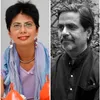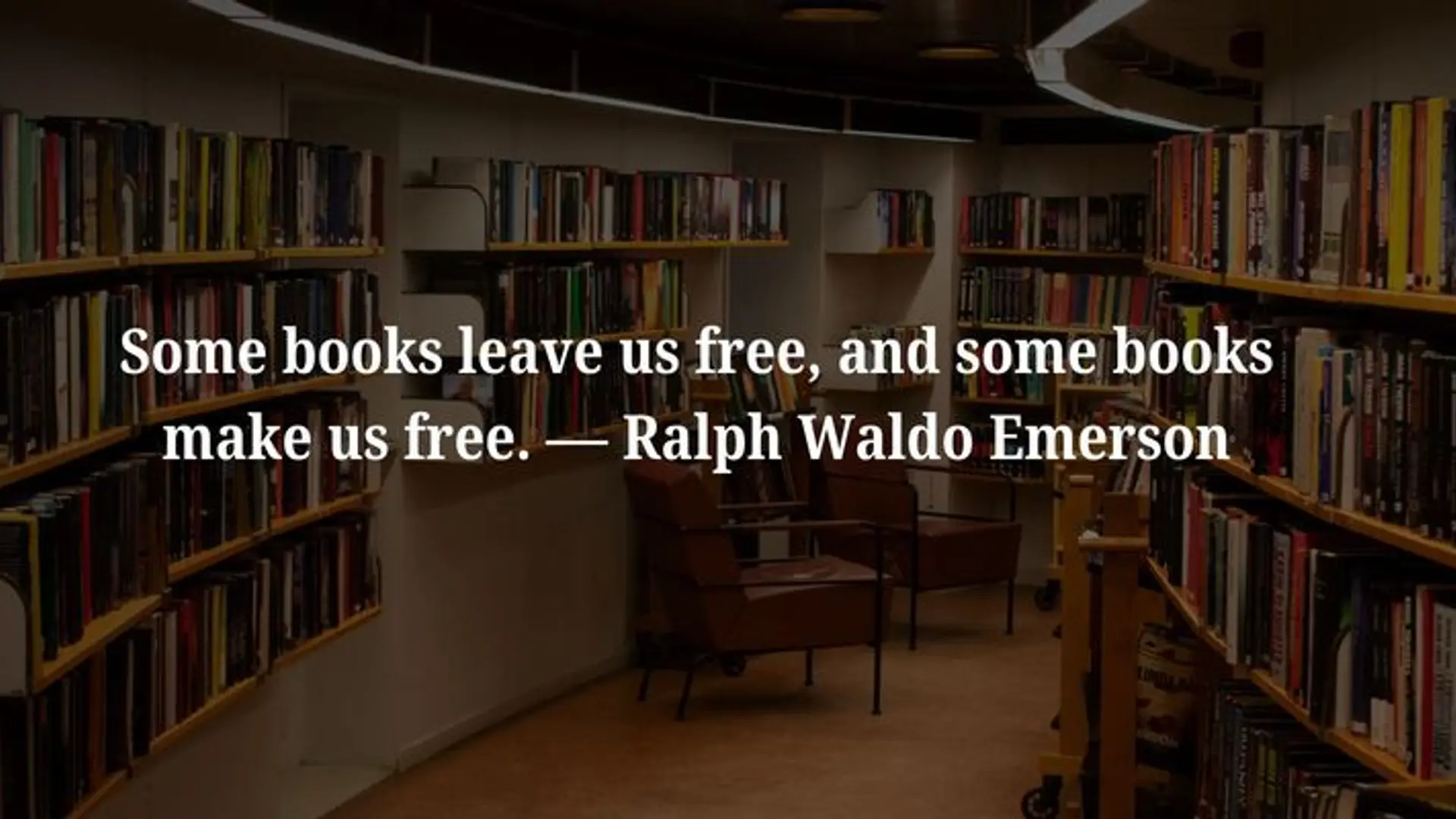Connect, create, celebrate – meet Roobina Karode, Chief Curator of the Kiran Nadar Museum of Art
In this photo essay on KNMA, we showcase a range of creative works along with curator insights on the role of art in society and its contribution to humanity.
Launched in 2014, PhotoSparks is a weekly feature from YourStory, with photographs that celebrate the spirit of creativity and innovation. In the earlier 485 posts, we featured an art festival, cartoon gallery. world music festival, telecom expo, millets fair, climate change expo, wildlife conference, startup festival, Diwali rangoli, and jazz festival.

This year, the Kiran Nadar Museum of Art (KNMA) celebrates its tenth anniversary. Featured artists at its recent exhibitions, some of whose works are showcased in this photo essay, include Zarina Hashmi, Ayesha Sultana, Prabhavathi Meppayil, Lala Rukh, Sumakshi Singh, Mrinalini Mukherjee, and Jayashree Chakravarty.
The exhibitions were titled Scripting Time, Memory, and Ecology; A Life in Nine Lines; Line, Beats and Shadows; and Abstracting Nature. The two KNMA venues in the National Capital Region (NCR) have a combined display area of around 50,000 sq ft. Exhibitions at the museum are promoted in creative ways, even via installations at the New Delhi airport.
(Note: These photographs from the museum were taken before the national lockdown due to the coronavirus. The visit to the museum was not in violation of any public safety guidelines.)
See our earlier interview with Kiran Nadar, Founder and Chairperson, KNMA. The KNMA team includes Akansha Rastogi (Senior Curator, Exhibitions and Programs), Debashree Banerjee (Manager – Research and Documentation), Neha Tickoo (Associate - Curatorial and Outreach), Avijna Bhattacharya (Associate Curator), and Priya Chandra (Associate Researcher).
Roobina Karode is the Director and Chief Curator of KNMA. “Art connects us to one another, and inspires us to reflect upon larger truths about what it means to be alive and what it means to be human,” she explains, in a chat with YourStory.

Roobina Karode
“Art touches our hearts, reminds us of our vulnerabilities, awakens us to our strengths, and above all, heals us and mends us in unknown ways. In our hurried, complicated, and chaotic lives, there is a dire need for compassion and care, for harmony and equilibrium,” she adds.
She strongly believes that art can enhance this realisation and help us transform into better human beings. Roobina describes her artistic journey over the years as immersive and full of learnings.
“More than the number of exhibitions curated, I was always interested in exploring new possibilities of exhibition making, through curating content with differing focus and sensibilities,” she recalls.
She has curated retrospectives of veteran artists who have been committed to their art practice for more than five or six decades. “Their quest and pursuits have fascinated me. I love the challenge of bringing a comprehensive corpus of their work to the art-viewing public,” Roobina enthuses.
This includes arriving at innovative ways of curating and displaying the works beyond a chronology or biography of the artist. “Curating demands a pair of new eyes with every exhibition project, big or small,” she explains.
The works of artists across generations can also be grouped together. “The thematic exhibitions fire your imagination in different ways. Fresh juxtapositions of works trigger unexpected connections across time and space,” Roobina says. This includes formats and materials, and shows viewers the many possibilities that art opens up for expressive manifestation.
As trends in the art movement in India, she observes that some contemporary artists have continued with the rigours of painting but have equally done extraordinary work in photography, to international acclaim. “Some of them have embraced installation as an art form and have done amazing work, using sound, light, and movement,” Roobina explains.
She sees a major thrust towards abstraction in India today, though the dominant discourse has been “figural narration” for several decades after the country’s independence.
Roobina also points out that education is an important area of focus for KNMA. “It is important to bring modern and contemporary art to the public, but equally important to facilitate conversations and discussions around it,” she emphasises.
Such viewer engagement with art is facilitated by the museum through workshops and other forms of participation. Popular workshops of short and long durations feature emerging artists, writers, and curators.
“Speaking for myself, the success of curation comes from the feedback and responses of viewers who have engaged and loved what you put out there. It feels good that your work has been considered relevant, insightful and successful in presenting the artist’s message and spirit to the world,” Roobina explains.
She also offers advice to audiences on the importance and joy of art appreciation. “Firstly, art needs to be seen or understood as a part of life – it stems from life. I would recommend that audience needs to familiarise themselves with seeing a lot of art,” she urges.
“It’s like when you land up in a new city, you feel intimidated and lost at first. But once you familiarise with the maps and the city, you start navigating it and maybe start enjoying it as well,” she adds.
“Without getting closer to art and spending time with it, it is unfair to disown it. That choice comes later to you as a viewer. If you make the initial connection, you will cross the threshold of intimidation, and will become receptive and ready to engage with it,” Roobina explains.
She also has words of advice for aspiring artists. “Do not rush. Enjoy your pace of working that allows you to pause, reflect and create. If you enjoy the creative act, and have a passion for what you do, you will find your own path,” Roobina signs off.
Now, what have you done today to pause in your busy schedule and find new ways to pursue your real creative path?





















See also the YourStory pocketbook ‘Proverbs and Quotes for Entrepreneurs: A World of Inspiration for Startups,’ accessible as apps for Apple and Android devices.
Edited by Kanishk Singh









